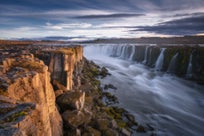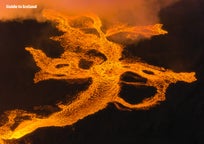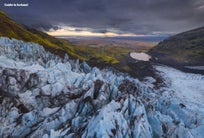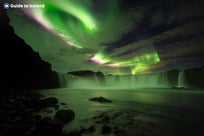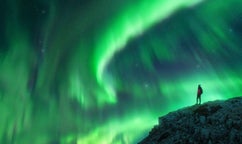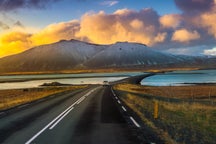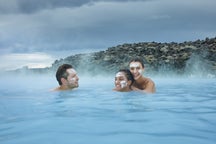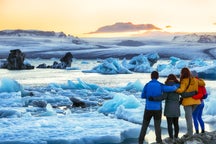
Ultimate Guide to Cultural Tours in Iceland
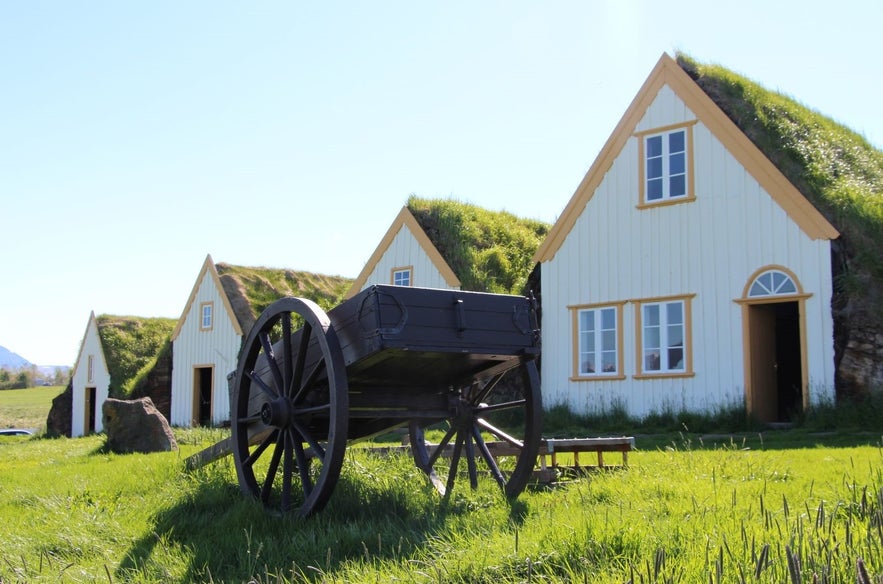
Over the years that Iceland has been home to its people, things have changed a lot. From Viking settlers to farmers to modern-day life, Icelandic culture has evolved significantly over the years, yet Icelanders have kept the influence of every time period alive in its culture and traditions.
Nowadays, the best way to experience the Icelandic culture is by joining incredible culture tours that introduce you to the most curious and unique ways that Icelanders have to show their traditions and culture.
Whether you’re planning to stay in a cozy local hotel or explore Iceland's stunning landscapes in your own rental vehicle, do not miss out on getting to know Icelandic culture and traditions, as it will make your trip to Iceland a much more authentic experience.
Reykjavik City Culture Tours
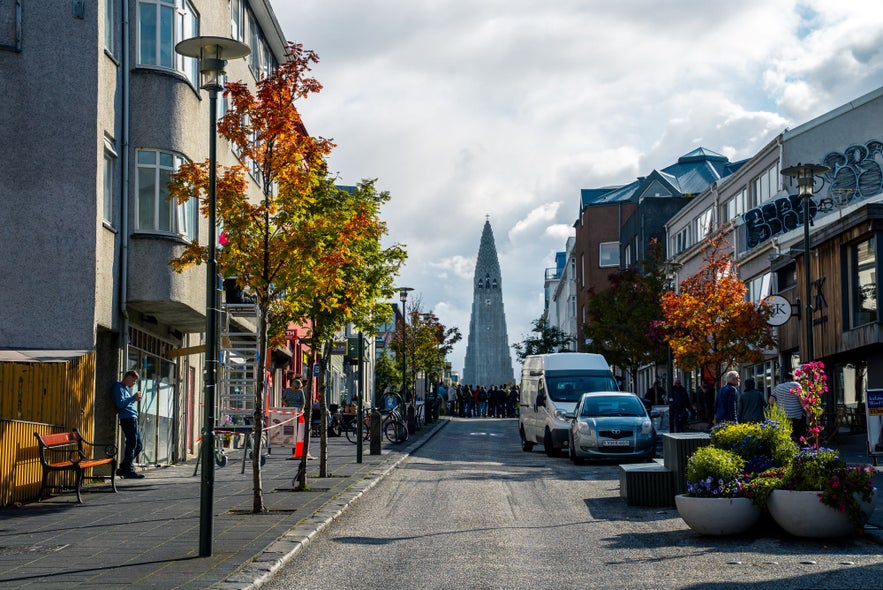
Known for its colorful houses, quirky landmarks, and cute streets, Reykjavik city is home to many incredible cultural activities, immersive museums, and well-known festivals.
Home to only about 122,000 people, Reykjavik city is the capital of Iceland and, by far, the most populated area on the island. Over the years, the city has become a landmark for great food, music, and art.
One of the best ways to get to know the city is by joining a fascinating city walking tour! On these tours, you will be accompanied by an expert local guide to experience Reykjavik to the fullest.
Whether you prefer to get to know the history of the city on a tour to walk beside a Viking, enjoy Icelandic food on a delicious food walking tour, or even join a walking tour to get to know the most famous cats in Reykjavik, there will be a walking tour that fits your interest.
Another excellent way of getting familiarized with Icelandic culture while visiting the city is by exploring its museums and exhibitions! Reykjavik has more than 20 museums and galleries in the city center that emphasize different aspects of Iceland. Some focus on history, like the National Museum of Iceland and The Settlement Exhibition, while others showcase the diverse nature of Iceland, like the Perlan Museum or the Lava Show.
The most budget-friendly way to visit multiple museums in Reykjavik is by purchasing a city card, which gives you access to various museums, galleries, and exhibitions in the city.
If you are not really into museums, and walking doesn't seem so appealing, you might want to consider other options to see the city and experience its cultural landmarks. One great way to do this is to get a ticket for the Hop-On Hop-Off bus tour! This way allows you to get off the bus at the most interesting sites you would like to explore further and jump on the next bus to continue your route.
Some of the stops of the Hop-On Hop-Off bus include Hallgrimskirkja church, the Reykjavik Harbor, the Harpa concert hall, and the Whales of Iceland museum!
-
Discover the Top 12 Things to Do in Reykjavik
-
Read about the Top 12 Art Museums and Galleries in Reykjavik
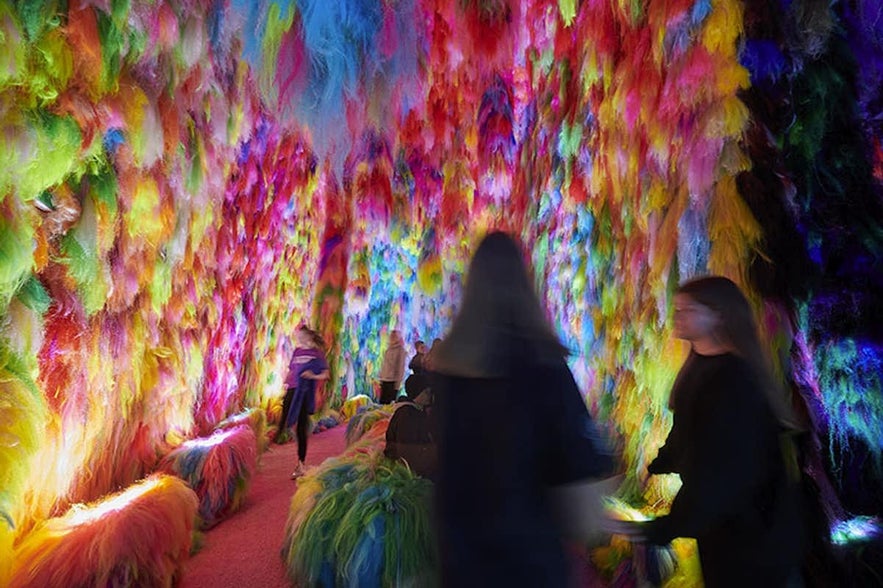
Reykjavik city is also home to a vibrant music and art scene. One of the most popular events in the city that draws visitors from all over the world to Iceland is the Iceland Airwaves music festival.
Iceland Airwaves is a three-day festival held during one weekend in November each year that focuses on showcasing new music, both Icelandic and international.
Art is also highly present in the city and in Icelanders every day life. Make sure to visit the Reykjavik Art Museum while on your trip to get to know the most iconic local artists. And, if you would like to explore one of the more modern art installations in the city, get your ticket to the Chromo Sapiens installation and visit this colorful exhibition.
The music and art scene in Iceland is a very important part of the Icelandic culture; from church choirs to modern music festivals, Iceland has a deep appreciation for art and self-expression.
-
See also The Top 20 Festivals in Iceland
Culture Tours Outside of Reykjavik
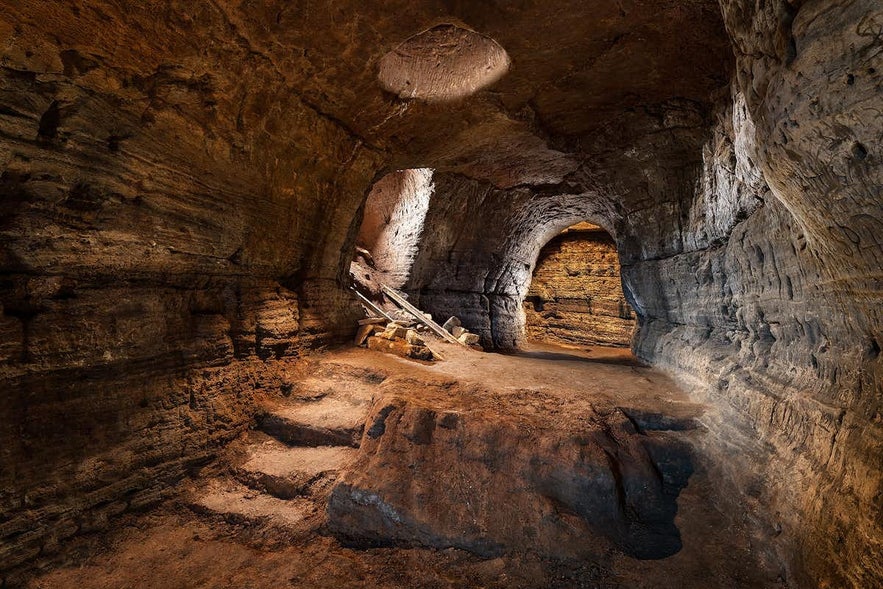 Iceland's diverse landscape and natural wonders have significantly shaped the cultural identity of each region of the island. You will notice as you travel across the country that each town and area has its unique customs and traditions that vary from place to place.
Iceland's diverse landscape and natural wonders have significantly shaped the cultural identity of each region of the island. You will notice as you travel across the country that each town and area has its unique customs and traditions that vary from place to place.
If you are planning on visiting the south coast of Iceland, don't miss out on getting to know the history of the region by joining a fascinating guided tour through the beautiful Caves of Hella, the oldest archeological remains found in Iceland. Or immerse yourself in the culture and history by visiting the beautiful Skogar museum, located right by the impressive Skogafoss waterfall. This museum tells the tale of the evolution of life from the first settlers to the modern-day age in the South.
The north of Iceland is another region filled with incredible cultural tours for travelers to experience. One of the most famous museums in the north is the Herring Era Museum, which tells the story of how the town where it is located, Siglufjordur, became, at one point, one of the most important fishing villages in the nation.
If you are more into modern interactive museums, one amazing way to get to know the impressive Viking heritage of Iceland is by visiting the 1238 Battle of Iceland museum, located in the north of Iceland. In this fun museum, you will learn about the history and culture of Iceland through immersive Virtual Reality technology.
Iceland has plenty of incredible cultural tours to join outside of Reykjavik city, many of which you will encounter along your way, some you might discover by talking to locals during your trip. Make sure to not miss out on experiencing these unique tours as you travel around the country!
Bathing Culture in Iceland
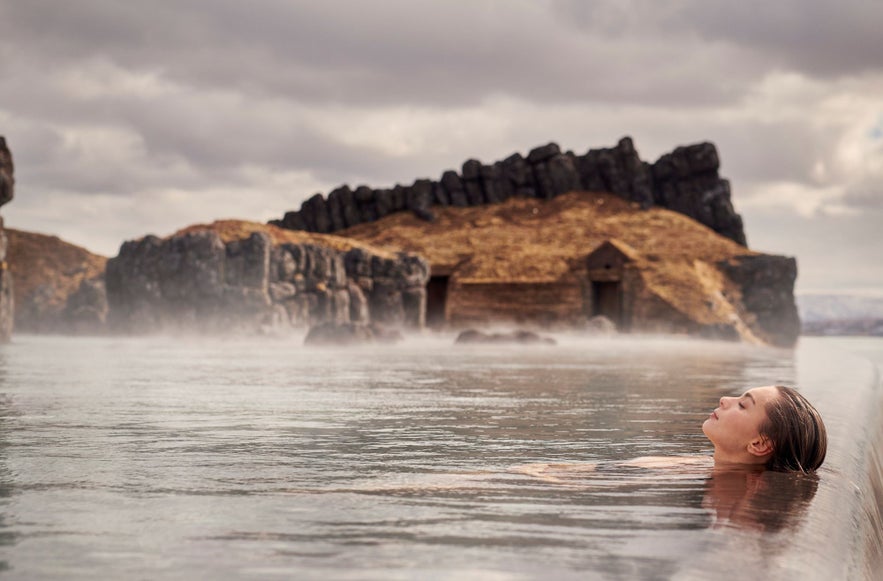
With geothermal energy and boiling water bursting from the ground all around Iceland, it is no wonder why bathing is considered a national pastime and an intrinsic part of Icelandic culture.
There are swimming pools in towns and villages all over the country. Even in the smallest and most remote villages in Iceland, you will likely find a public swimming pool.
Some bathing spots have become very well-known over the years. such as the iconic Blue Lagoon and Hvammsvik Nature Baths, while others, like the beachside hot tubs in Drangsnes, are a better-kept secret.
Within Reykjavik city, there are many public swimming pools, the largest and most popular one being Laugardalslaug pool in Laugardalur valley.
Going for a swim in the local pool is a year-round activity in Iceland; come rain, hail, snow, or sun, Icelanders love bathing and will visit their local pool regularly. If you want to get to know the locals, there is no better place to do it than in a local pool.
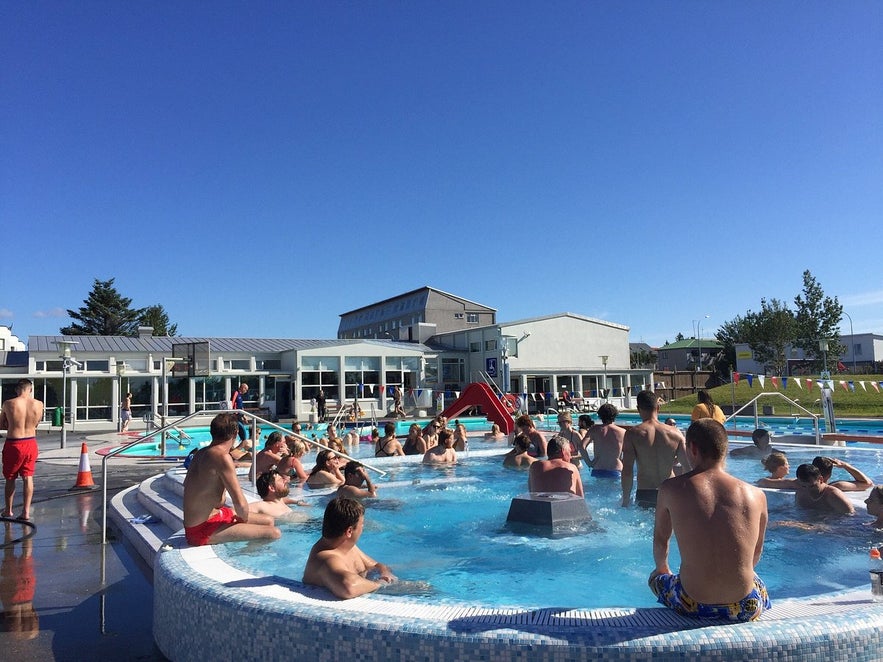
If you are traveling around the Golden Circle region, you will find that there are a few great bathing spots that you can visit along the way. You can, for example, book your admission to bathe in the Secret Lagoon in Fludir, which is considered to be the oldest pool in the country and is surrounded by a beautiful geothermal area.
Another popular bathing spot to visit in the area is the Fontana Spa by Laugarvatn lake, which sits conveniently on the Golden Circle sightseeing route. It is possible to tick a number of items off of your must-see spots by taking a tour that includes the Fontana spa and the Golden Circle.
- Read more about The Best Swimming Pools in Iceland
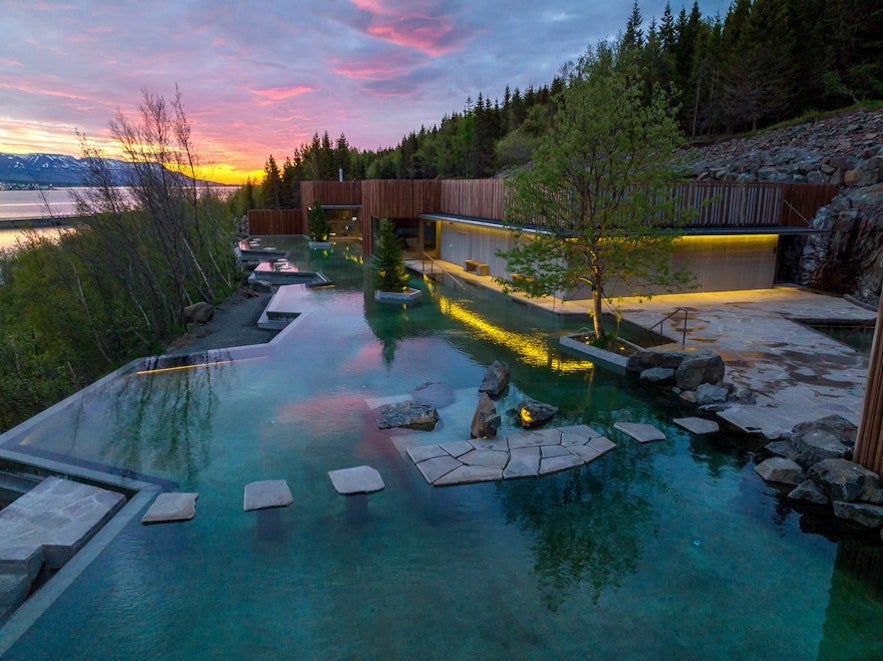
If you are exploring the north of Iceland and want to immerse yourself in the local Icelandic bathing culture of the region, you should pay a visit to Myvatn Nature Baths or the breathtaking Forest Lagoon. These beautiful bathing spots are the perfect way to end a sightseeing trip around the jewels of the north of Iceland.
It is also possible to bathe in Iceland’s natural hot springs, surrounded by nature. The most accessible hot spring is the hot river in Reykjadalur Valley, which can be reached with a relatively easy, hour-long hike from Hveragerdi town.
As you can see, bathing options are available all around the country and are a very important part of Icelandic culture. Make sure you visit an amazing bathing spot and relax in the warm geothermal water of Iceland while on your trip!
-
See also: The 30 Best Hot Springs in Iceland
Folk Culture Tours in Iceland
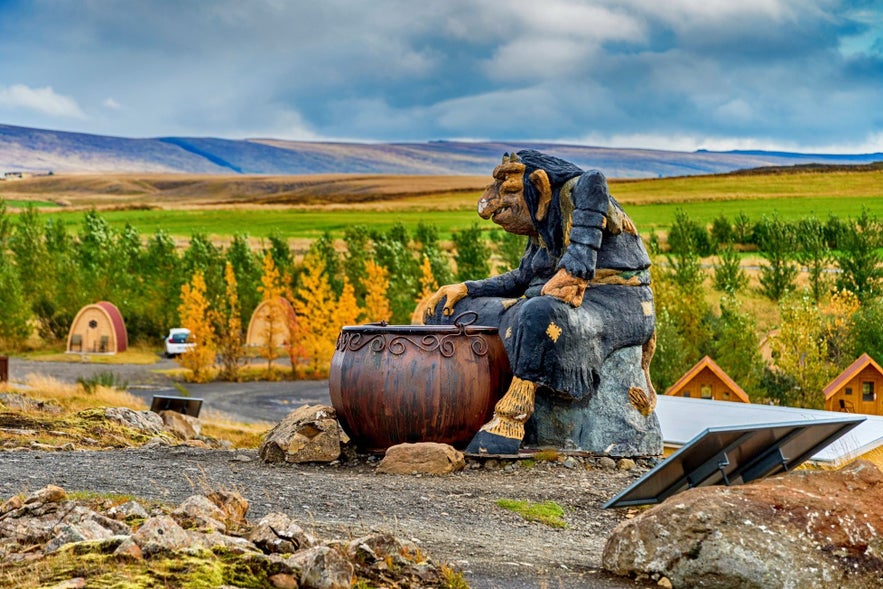 Even though it is widely assumed that Icelanders believe in trolls and elves, the reality is that most people in Iceland nowadays don't have faith in these fantastic creatures. However, this doesn't take away from its incredible cultural significance that is still very present in modern life.
Even though it is widely assumed that Icelanders believe in trolls and elves, the reality is that most people in Iceland nowadays don't have faith in these fantastic creatures. However, this doesn't take away from its incredible cultural significance that is still very present in modern life.
In Iceland, great boulders and lava formations are still described as trolls petrified to stone when caught out in the sunlight, and the stories of how they got there and who they were are well-known to locals of this volcanic island.
Many rocks are seen as the magical homes of Huldufolk, or the hidden people, and are still said to appear as houses to those with the third eye-sight abilities.
It is also true that roads were redirected, and construction projects were scrapped in the past to ensure the hidden people were not disturbed, both for the preservation of cultural heritage and as a superstitious precaution.
If you are looking forward to learning about the intriguing folklore in Iceland, join this magical folklore walking tour in Reykjavik and learn about trolls, elves, and hidden people!
-
See also: Folklore in Iceland
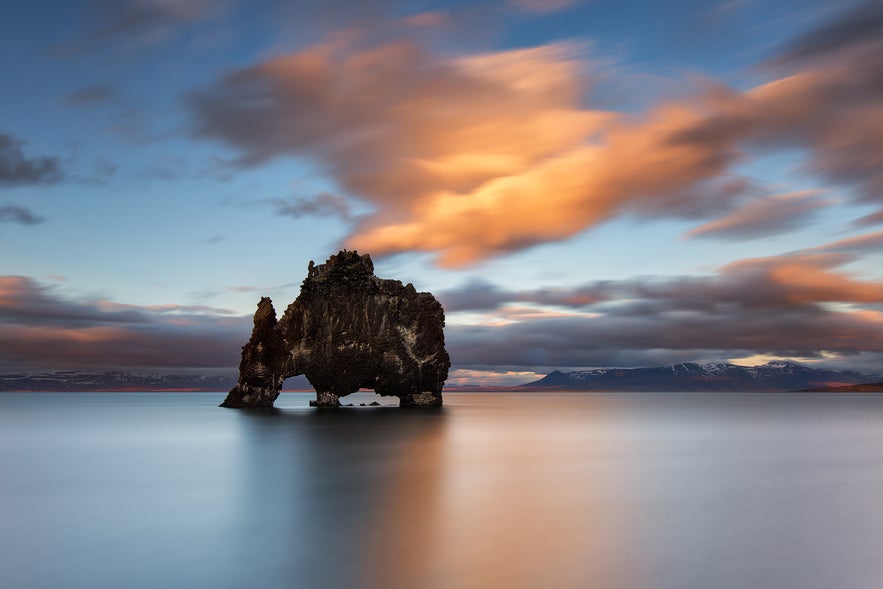 Until the 20th century, life in Iceland was hard, to say the least. Icelanders largely lived far apart from each other, on farms all across the island. Without electricity, the winters were lit only by candlelight.
Until the 20th century, life in Iceland was hard, to say the least. Icelanders largely lived far apart from each other, on farms all across the island. Without electricity, the winters were lit only by candlelight.
It is little wonder, therefore, that the way people entertained themselves was by telling stories about the land around them and creating stories about a magical world.
Many tours that take you into the awe-inspiring Icelandic nature will show you sites with rich folk history. Because trolls used to live in caves, you will probably hear about them when taking a caving tour in Iceland, such as to Leidarendi, Vidgelmir, or Raufarholshellir caves.
Petrified trolls can be found all around the island; in the north, for example, the unique and beautiful Hvitserkur rock formation is believed to have been a beast that can be seen standing out in the shallows of the ocean. On the south coast, Reynisdrangar rock formations on Reynisfjara black sand beach are also believed to have been such creatures.
As you discover Iceland's natural sights, you will encounter stories about folklore that are still told to this day. Trolls and elves are still part of the Icelandic day to day conversations about nature and are a wonderful story to hear while visiting beautiful natural sights.
Christmas and New Year Culture Tours
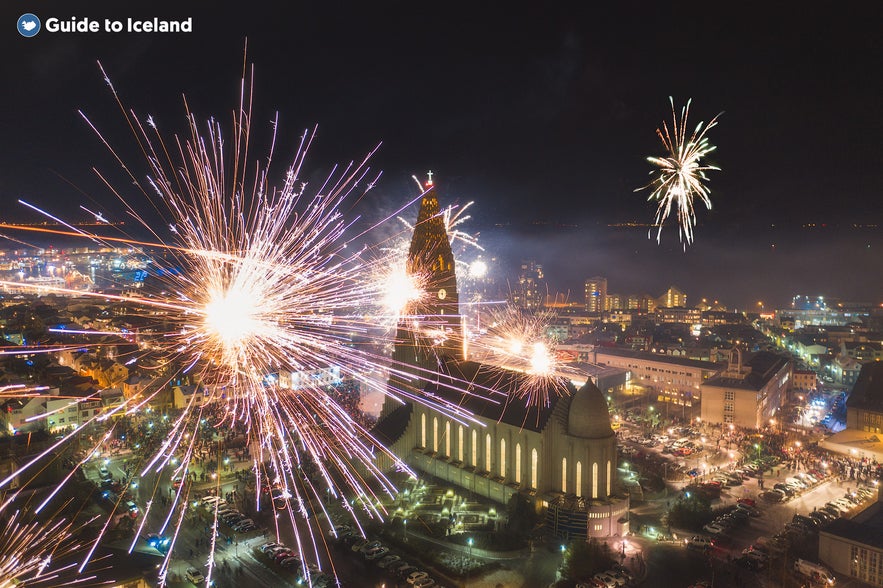
Icelanders hold close to their hearts their Christmas and New Year traditions and make sure to honor them every year during the winter months. During the darkest months, every town and village in Iceland gets decked out in lights to brighten the long nights that come with winter.
The Advent Festival officially begins in Iceland on the fourth Sunday before Christmas Eve; on this night, trees around the country are lit for the first time, with many visitors and locals in attendance. In Reykjavík, this happens in Austurvollur park, where the city's official Christmas tree gets to shine its light every year during the holidays.
After this evening, Iceland embraces the holiday spirit, with shops selling Christmas decor, restaurants serving a special Christmas menu, and festive concerts occurring across the towns and villages in small Christmas markets.
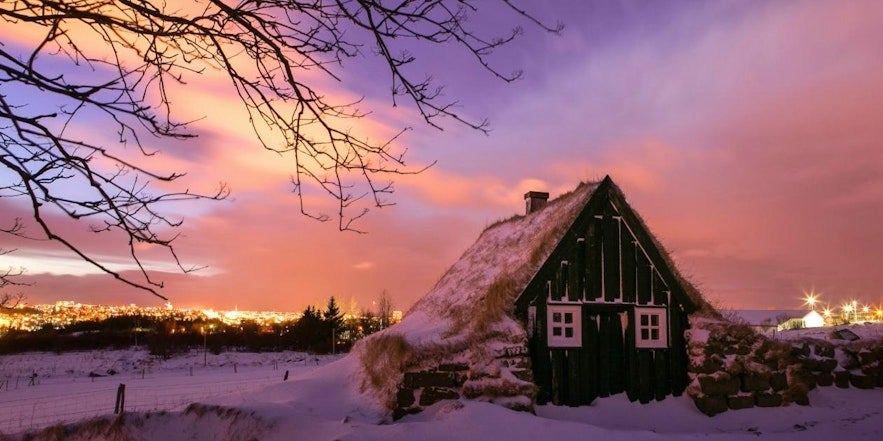
Those who want to fully immerse themselves in the holiday should head to the Arbaejarsafn Open Air Museum, which, throughout the weekends of December, becomes a haven of Yuletide joy, selling souvenirs and confectionary in a traditional, historic setting.
If you are visiting Reykjavik city during December and would like to get to know more about the culture of Iceland during this festive season, make sure to check out this festive Christmas walking tour in Reykjavik.
-
Learn more about Icelandic Christmas Traditions
After December 25th, the celebrations are far from over. Very few countries celebrate New Year’s Eve with the fervor of Icelanders, particularly those in the capital of Reykjavík.
Tens of thousands of people buy dozens or even hundreds of fireworks each in preparation for the night, then, without order or planning, set them off from around midnight. The sky above the city becomes lit with color, and the air fills with the sound of celebration.
The best place to enjoy this unbelievable firework display is from a high vantage point, such as by Hallgrimskirkja church on top of Skolavordustigur street.
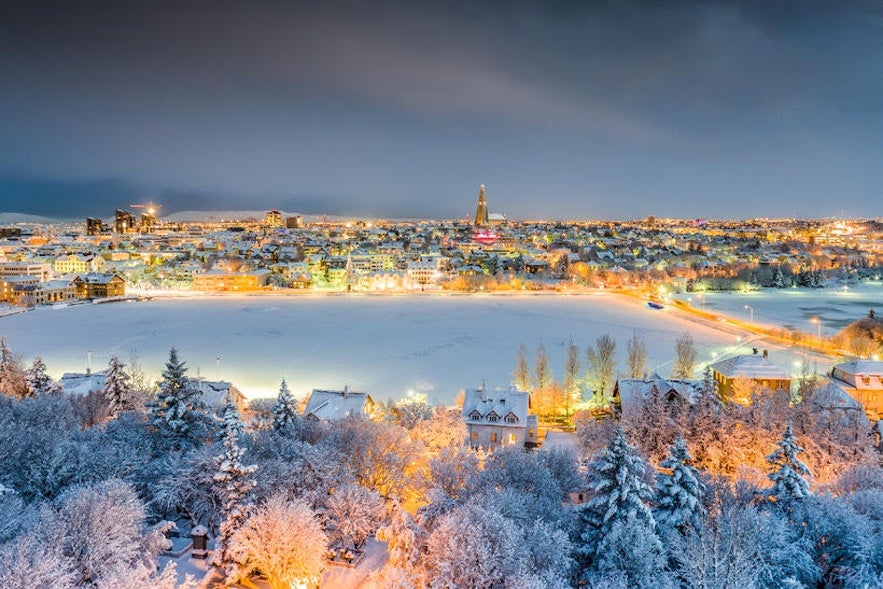
The Icelandic culture and traditions are broad, historic, and fascinating, with elements that appeal to people of all interests. Whether you are a food lover or bookworm, fascinated by folklore or the music scene, eager to experience the best bathing spots or walk through ruins of ancient sites, you will find a culture tour that appeals to you in this mesmerizing small nation.
Cultural tours have become more and more common, allowing visitors coming to Iceland to learn about how a small civilization became the rich cultural nation it is today.
Nowadays, Iceland is being appreciated for its history and people as much as it is appreciated for its natural wonders and wild landscapes.
Are you ready to embark on the adventure of getting to know the incredible Icelandic culture? Which cultural tour appeals most to you? Let us know!
Other interesting articles
Luxury and Business Travel in Iceland | The VIP Experience
What VIP experiences are available to the luxury and business class traveller in Iceland? What are some attractions that only the few get to see, and how can you ensure your luxury holiday in Icelan...Read moreThe Ultimate Guide to Helicopter Tours in Iceland
What are the most popular sightseeing spots for helicopter rides in Iceland? How long do helicopter flights last, and is it possible to make a landing during the tour? Just how popular is helicopter...Read moreThings That Can Kill You in Iceland (Plus Sand Snakes)
Discover if Iceland is dangerous in this guide to local conditions, weather hazards, and terrain risks. Learn about wildlife, including sand snakes, and how to stay safe by being a well-informed tra...Read more

Download Iceland’s biggest travel marketplace to your phone to manage your entire trip in one place
Scan this QR code with your phone camera and press the link that appears to add Iceland’s biggest travel marketplace into your pocket. Enter your phone number or email address to receive an SMS or email with the download link.



